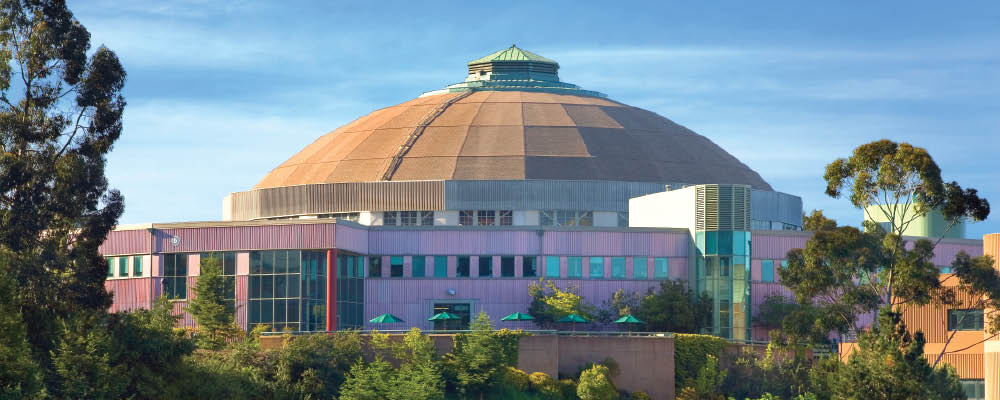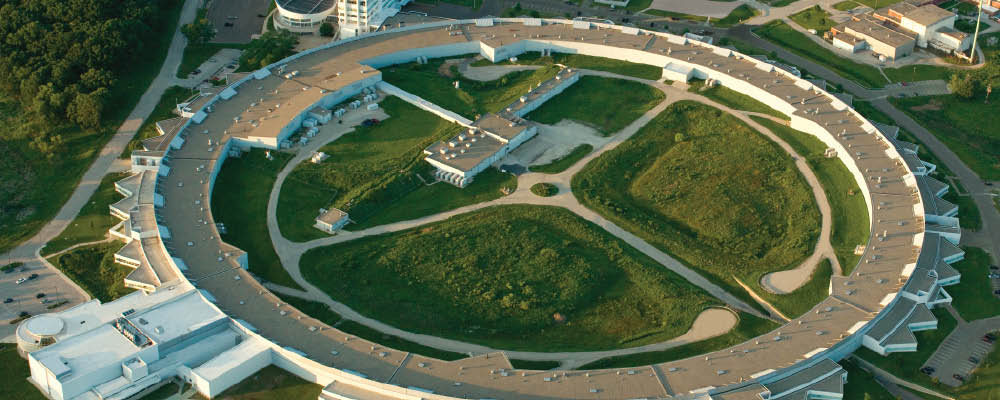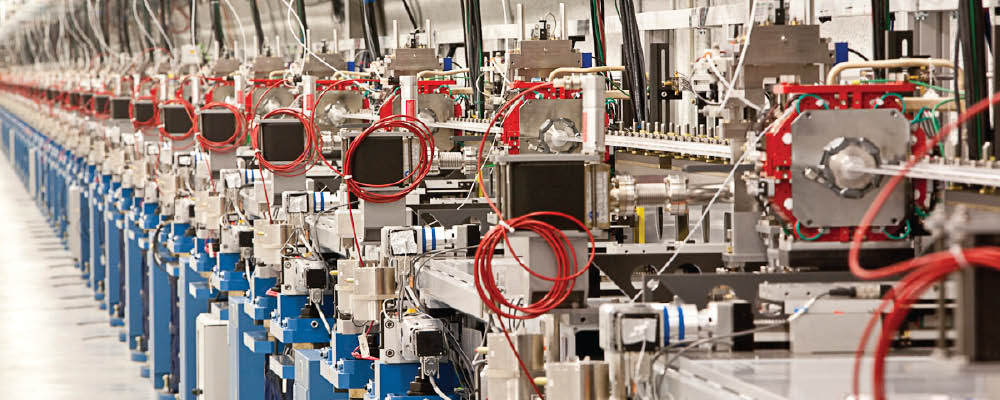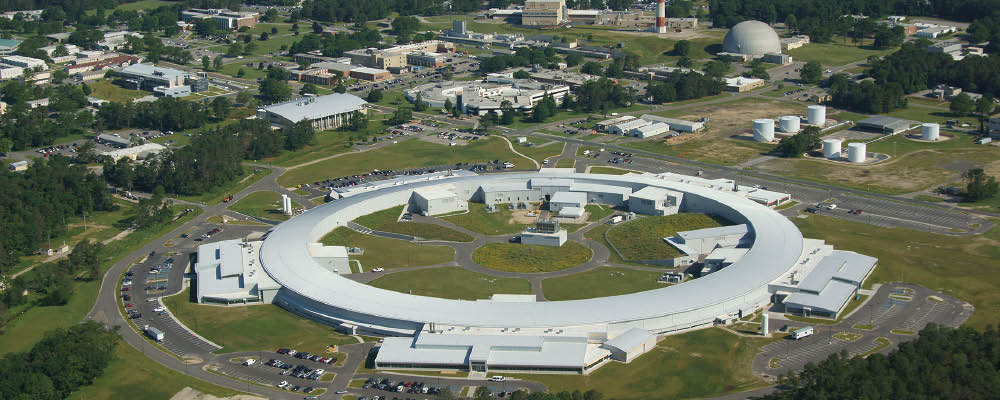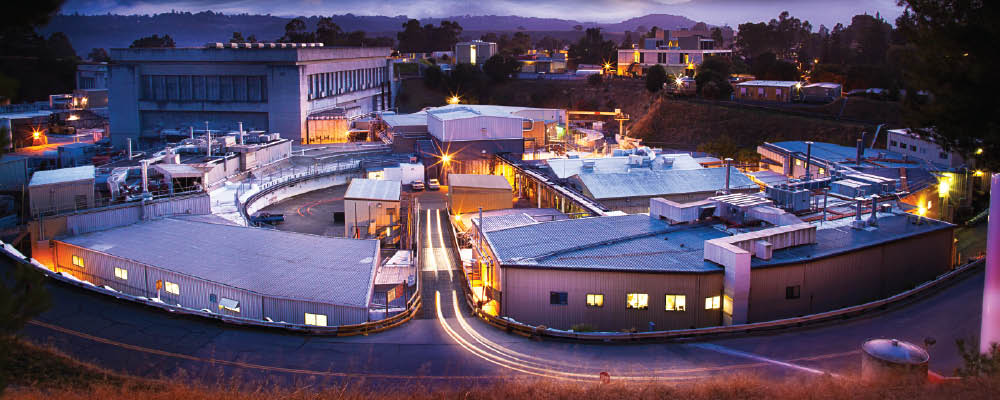X-Ray Light Sources

This activity supports the operation of five DOE light sources. The unique properties of synchrotron radiation include its continuous spectrum, high flux and brightness, and in the case of the Linac Coherent Light Source, a free electron laser, with its ultra-bright, ultrafast (femtosecond scale), high coherence pulses, which makes it an indispensable tool in the exploration of matter. The wavelengths of the emitted photons span a range of dimensions from the atom to biological cells, thereby providing incisive probes for advanced research in a wide range of areas, including materials science, physical and chemical sciences, metrology, geosciences, environmental sciences, biosciences, medical sciences, and pharmaceutical sciences.
Researchers use a variety of experimental techniques when applying synchrotron radiation to their own problems. The fundamental parameters that we use to perceive the physical world (energy, momentum, position, and time) correspond to three broad categories of synchrotron experimental measurement techniques: spectroscopy, scattering, and imaging. By exploiting the short pulse lengths of synchrotron radiation, each technique can also be performed in a timing fashion. Descriptions of 12 experimental techniques conducted at these facilities. Read More »
For more information about this research area, please contact Dr. Dava Keavney.


